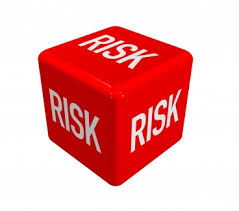
Chris Joye continued his string of excellent critiques over the weekend applying some simple investment metrics to property investment to illustrate its risks:
…Many buyers ignore the risk of loss and rely on a “deterministic”, or single, rate of capital appreciation when evaluating an asset – typically 6 per cent or 7 per cent. What they should be thinking about more carefully is the distribution of potential returns around this average outcome. Ask yourself this: how would the price I am willing to pay for a property today change if, for example, my assumed annual capital growth was only 2 per cent or 3 per cent? In more sophisticated investment classes, such as equities, the value of all assets can decline by as much as 50 per cent in a single year simply because of a shift in expectations. Global equities experienced this in 2001 and 2008.
…A threshold question is whether the “net present value” of the asset’s returns are positive after accounting for your opportunity cost of capital. That is, can you get a return above, say, that offered by a near risk-free bank deposit or government bond?
We can value the property’s future cash flows in present-day terms, including the proceeds from its sale in year 10, by discounting them back using a near risk-free return to control for the “time value of money”. In the model this discount rate is assumed to be 4 per cent, which is similar to the return on a 10-year government bond.
The net present value of the property’s future cash flows is, unsurprisingly, highly sensitive to house price growth, rental returns and mortgage rates.
…Beyond injecting some rigour into your thinking, this analysis is helpful because it demonstrates the power of expectations. Seemingly small changes to beliefs about future house price growth rates can have massive flow-on effects on valuations today.
…Most folks in the housing market believe they will receive steady capital gains. But if interest rates eventually start normalising and we go through another period when house prices are correcting, it is conceivable that investors will materially reassess their outlook.
A significant haircut to capital growth expectations could in turn drive a big reduction in house prices purely as an asset-pricing exercise.
To be clear, we could endure a sharp change in home values, without a jump in the jobless rate driving defaults.
In effect, stack your mortgage market with capital gains dependent investors and the risks of a run on the market rise when gains evaporate. I will add that the trigger does not have to be interest rates. It can be economic weakness, which is what I fear in the period ahead as the capex cliff draws ever nearer.

